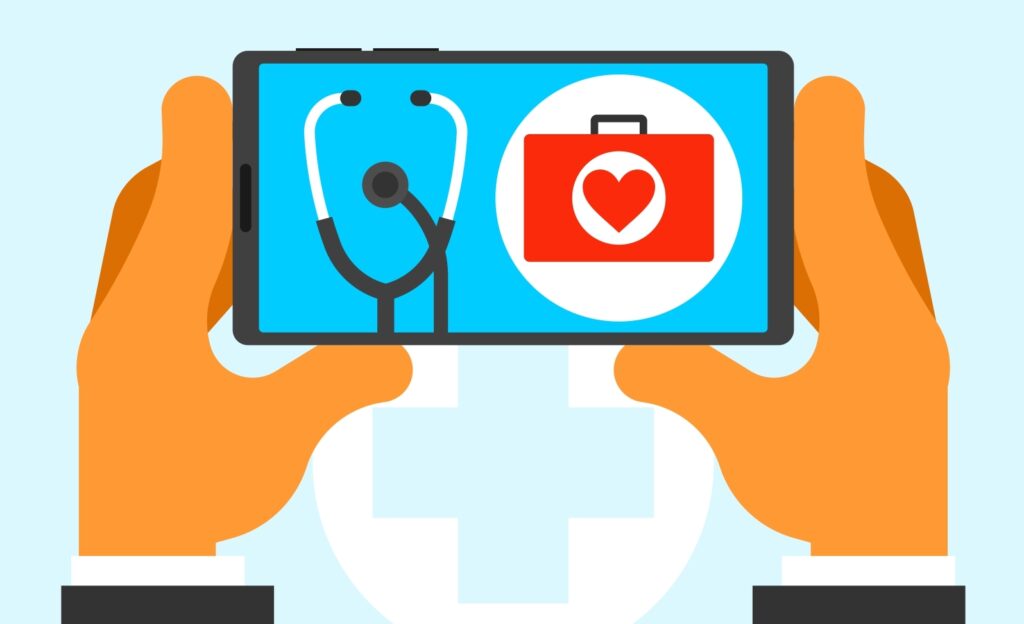Python coding language is prominent among developers. It’s mainly used for the creation of applications. The language is easy to learn, and that’s why most developers prefer it. In fact, some giant applications such as Instagram, YouTube, and Spotify are written in Python language. But when it comes to building healthcare apps, it’s critical to consider if Python is a safe language to serve this purpose. Essentially, the best language for creating healthcare apps must be HIPAA compliant.
Explaining HIPAA Compliance
HIPAA (Health Insurance Portability and Accountability Act of 1996) refers to a list of regulatory standards that dictate legal use and disclosure of sensitive health information. Simply put, HIPAA compliance is a practice that health care industries incorporate into their operations in an effort to secure and protect health information. Typically, healthcare organizations acquire new patient information daily since more patients keep flowing into the hospitals.
For example, the global healthcare data increased dramatically in 2020. There was an increase from 153 exabytes to 2,300 exabytes between 2013-2020. Despite the increase in data amount, healthcare professionals must secure the data to keep it away from third parties and cybercriminals. Using secure programming languages is one way of enhancing data security.
It’s a requirement for healthcare applications to align with the HIPAA compliance outline. And this involves all applications, including the private ones and those connected to a public network like web applications, mobile apps, or CRM. During development planning and application, HIPAA compliance must be the primary goal. Furthermore, the application must align with HIPAA’s security and privacy guidelines to enhance the integrity, availability of ePHI, and confidentiality.
Is Python Suitable for Creating Healthcare Apps?

Python programming language is used across various industries, including the healthcare industry. It enables institutions, clinicians, and healthcare to deliver excellent patient services via scalable and dynamic applications.
Since healthcare generates tons of information daily from facilities and patients, the health experts can use the data to discover effective treatment methods and better the general healthcare delivery scheme. Python programming language benefits the healthcare industry in that it enables health specialists to interpret data through working with AI (Artificial intelligence) and ML (Machine Learning) in healthcare.
The language also derives helpful insights from data by allowing computation capabilities. And the insights gained help in healthcare applications. Although you can use any programming language to develop healthcare apps, Python is considered the better option. It comes with in-built tools to enhance safety. Keep in mind that the issue of safety in the healthcare industry is a primary concern, especially with the implementation of electronic health records (EHR).
Unfortunately, all programming languages are not 100% secure. An app is wholly secured if the developer employs best practices, effective security policies, and strategies. Python is considered safer due to its popularity since most of its security vulnerabilities are already known, most of which can be addressed by skilled Python developers.
Python is not just powerful, but it is easy for developers to learn. But it calls for utmost care since the language has no controls or limits. It’s the coder who decides what to do and what needs to be avoided.
Tips to Build HIPAA-Compliant Python Applications
1. Access Limitations
Developers need to limit access to keep unauthorized parties at bay. Healthcare information should only be available to authorized individuals (these are people who’ve been allowed to access ePHI). According to HIPAA security and privacy rules, no one is allowed access to excessive patient data. As a result, developers can assign different privileges and limitations to various user groups. This helps categorize the authorized users and the quantity of patient health information they can have access to.
2. User Authentication
You can offer individuals a variety of security options to meet HIPAA authorization standards. These include unique and strong passwords, biometrics (Voice ID, face or fingerprint), physical authentication means (key, card, digital signature, a token), and personal identification numbers.
3. Backing Up and Restoring Data
Data backup is a central HIPAA technical infrastructure necessity, and so you should consider it when it comes to building healthcare HIPAA compliant Python applications. The app should come with a backup and restoration feature, and it’s better if it can create offline backups of the app information. You can use app data reliability checks to confirm that PHI information hasn’t been altered during backing up and restoring data.
In case the data is altered, the automated alert will trigger the data integrity safety alarm. Also, put safety measures in place so that the right support staff can inspect the alert and fix the problem if need be. Prohibit data export from databases at the app layer. Furthermore, you can use HIPAA-compliant backup software with agents that can backup MySQL or SQL databases. It’s crucial that you replicate backup data to a different US-based information center.
Finally, the Python programming language is deeply structured and features stringent syntactical rules which must be adhered to. Nevertheless, it’s easy to follow, hence ideal for developing a healthcare application. To enhance its effectiveness, implement safety tips to build healthcare Python apps that are HIPAA compliant.
The post Learning Python for Healthcare – Is Python HIPAA Compliant? appeared first on The Crazy Programmer.
from The Crazy Programmer https://ift.tt/3AaHko4
Comments
Post a Comment